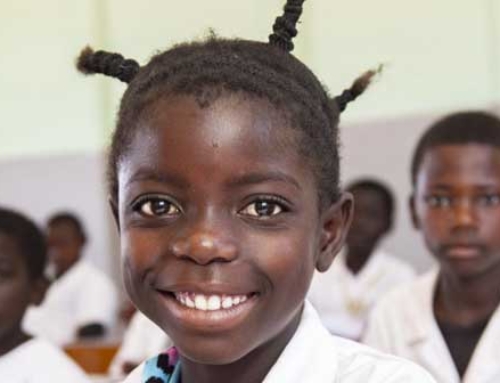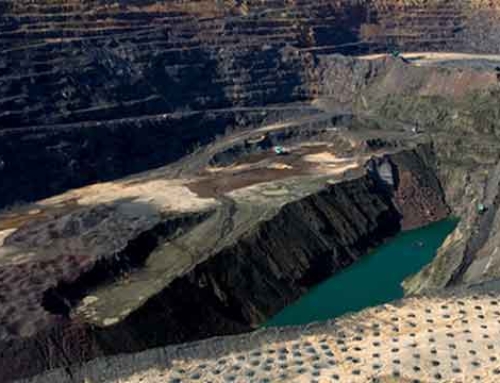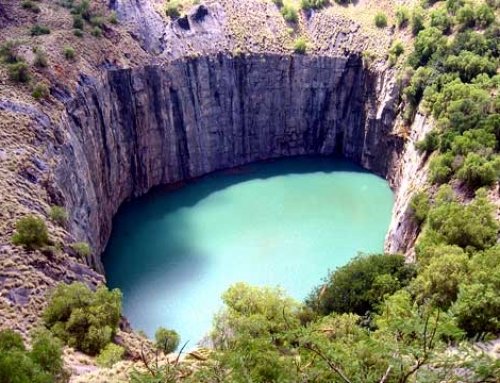Photo: Ship for marine diamond mining – De Beers
Although your quest for a natural diamond may begin at a trusted online retailer or in a velvet-covered glass case, diamonds come from a source much closer to the earth or are more accurately extracted from it. About 150 kilometres underground, carbon crystallizes into rough diamonds, thanks to the heat and pressure of the earth. But what happens after the extraction of the diamond so that it can end up in your pretty jewel?
A particular type of volcanic eruption, the kimberlite eruption, brings kimberlite, an igneous rock containing diamonds, closer to the earth’s surface. The most recent eruption occurred more than 100 million years ago. Kimberlite is often found in kimberlite pipes, which are vertical structures in the earth’s crust. Diamonds are extracted from kimberlite using three types of extraction: alluvial-, pipe- and sea mining.
How are diamonds mined? Get to know the 3 different methods of diamond extraction.
Alluvial diamond mining takes place in riverbeds and beaches, where thousands of years of erosion and natural forces such as wind, rain and water carry diamonds from their primary deposits into kimberlite pipes to beaches and riverbeds. Miners build walls or divert watercourses to expose the dry, diamond-shaped bottoms of rivers or oceans. While the workers first screened the sand at the original location, the process progressed rapidly, transporting the sand to a screening plant for more efficient treatment.
As global demand for diamonds increased, diamond miners developed the most common form of diamond mining today: pipe mining. While alluvial mining requires diamonds to be rejected by kimberlite pipes and washed away by erosion to settle on the bed of rivers or oceans, pipe mining allows diamond miners to get closer to the source – the pipes of kimberlite plants. Pipe mining takes two forms: diamond mining from open pits and underground diamond mining.
Diamond mining in open pits is used closer to the earth’s surface because miners remove layers of sand and rock just above kimberlite stones. For underground mining, however, two parallel and vertically connected tunnels must be built, where the miners in the upper tunnel blow up the ore from the Kimberly pipes, which falls into the lower tunnel and accumulates there.
Diamond mining at sea
The third method, marine diamond mining, extracts diamonds from the ocean floor. While the first form of marine diamond mining laboriously required a swimmer to collect gravel from a shallow seabed, modern technology has been able to access greater depths through horizontal and vertical marine mining. Horizontal marine diamond mining uses a crawler vehicle to draw gravel from the ocean floor to the surface through flexible pipes, while vertical diamond mining uses a large drill mounted on a ship to extract gravel containing diamond.
Diamond Mine Locations
These mining techniques are found in diamond mines all over the world. Diamond mines exist as both private entities and as government-sponsored companies. Some of the earliest diamonds were found in India in the 4th century BC. After the decline of Indian diamond mining, diamonds were discovered in Brazil in the 1720s, North America in the 1840s, and in Africa in the 1860s. The rise of African diamond mines led to the Great Diamond Rush and the Kimberly Mine, the first large-scale diamond mining.
The largest diamond mines
While Africa was once the centre of rough diamond exploitation, producing more than 90% of the world’s diamond supply, Africa now produces less than 50% of the world’s diamonds. Data from the 2016 U.S. Geological Survey indicate that Russia produces the most jewel-quality diamonds – with half of the world’s largest diamond mines – followed by Botswana, Canada, Angola and South Africa. But the coveted title of the ‘world’s largest diamond mine’ may vary.
Diamond expert Paul Zimnisky gave his ranking of the world’s largest diamond mines as the Jwaneng diamond mine, the Jubilee diamond mine, and the Russian international diamond mine. However, large and commercially viable diamond mines are rare, with only about 20 large diamond mines in existence today.
The Kimberly Process and conflict diamonds
The rarity of large diamond mines, combined with the high value and extreme labour required to mine diamonds, means that the rough diamond industry needs to take extra precautions to ensure safe and ethical diamond mining practices. To standardize mining practices and combat the sale of conflict diamonds – diamonds used to fuel civil unrest or war – the international community established the Kimberley Process in 2000, a policy of ‘no tolerance’ against the use of conflict diamonds. The Kimberley Process, which has been approved by 74 governments, requires the issuance and approval of a certificate for each mined rough diamond in order to promote safe and ethical diamond mining practices.
With all of this, it is undeniable that diamonds undergo a long journey – from the warm belly of the earth to hard-working diamond miners, jewelers and retailers – to find their way home to you and your loved one.







